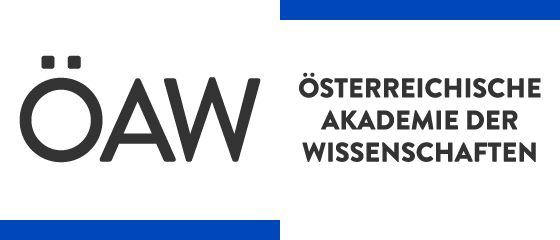Allah's Kolkhozes : : Migration, De-Stalinisation, Privatisation, and the New Muslim Congregations in the Soviet Realm (1950s-2000s) / / ed. by Stephane A. Dudoignon, Christian Noack.
The larger part of the Muslim population in the Soviet realm lived and continues to live in rural areas. Other than in many parts of the present-day world of Islam, alternative, self-segregated, often anti-establishment Muslim congregations emerged outside the big urban agglomerations of the former...
Saved in:
| Superior document: | Title is part of eBook package: De Gruyter DG Ebook Package English 2020 |
|---|---|
| MitwirkendeR: | |
| HerausgeberIn: | |
| Place / Publishing House: | Berlin ;, Boston : : De Gruyter, , [2020] ©2020 |
| Year of Publication: | 2020 |
| Language: | English |
| Series: | Islamkundliche Untersuchungen ,
314 |
| Online Access: | |
| Physical Description: | 1 online resource (541 p.) |
| Tags: |
Add Tag
No Tags, Be the first to tag this record!
|
| Other title: | Frontmatter -- Acknowledgements -- Table of Contents -- Introduction -- ‘They Were All from the Country’. The Revival and Politicisation of Islam in the Lower Wakhsh River Valley of the Tajik SSR (1947–1997) -- Maxim Gorki and Islamic Revolution in a Southern Tajik Cotton Plain -- From Old to New Macha: Mass Resettlement and the Redefinition of Islamic Practice between Tajikistan’s Upper Valleys and Cotton Lowlands -- The Economic and Religious History of a Kolkhoz Village: Khojawot from Soviet Modernisation to the Aftermath of the Islamic Revival -- The ‘Enlighteners’ of Koni-Zar: Islamic Reform in a Cotton Kolkhoz -- From Revived Tradition to Innovation: Kolkhoz Islam in the Southern Kazakhstan Region and Religious Leadership: The Cases of Zhartï Töbe and Oranghay since the 1950s -- Withering Heights: The Re-Islamisation of a Kolkhoz Village in Dagestan: A Micro-History -- Downward Mobility and Spiritual Life: The Development of Sufism in the Context of Migrations in Dagestan, 1940s–2000s -- Sunflower and Moon Crescent: Soviet and Post-Soviet Islamic Revival in a Tatar Village of Mordova -- Traditionalism, Modernism and Globalisation among the Volga Muslims: The Case of Sredniaia Eliuzan’ -- Urban, Rural or Something in Between: The Development of ‘Alternative’ Forms of Islam in Azerbaijan through the Case of Nardaran Village in Absheron -- List of Maps -- List of Contributors -- Indexes |
|---|---|
| Summary: | The larger part of the Muslim population in the Soviet realm lived and continues to live in rural areas. Other than in many parts of the present-day world of Islam, alternative, self-segregated, often anti-establishment Muslim congregations emerged outside the big urban agglomerations of the former USSR. Among other factors of this emergence can be mentioned: the mass resettlements operated from the 1940s to the 1970s towards cash-crop growing lowlands; the tight limitation on the drift from the land by the Soviet authorities; the relative autonomy enjoyed by rural production units endowed with specialised economic profiles; and the liberalisation of religious practice in the wake of de-Stalinisation. Eleven case studies trace the transformations of Soviet and post-Soviet Islam within the former collectivised villages in Central Asia, the Caucasus and Inner Russia. The authors provide rich evidence for the close interplay between Soviet kolkhoz administrations and the religious personnel of Islam on the local lore. They show how this connection prepared the ground for the emergence of alternative Muslim congregations in already the post-Stalinist Soviet Union — long before the phenomenon became broadly visible during the boom of public religious practice in the late 1980s and early 1990s. |
| Format: | Mode of access: Internet via World Wide Web. |
| ISBN: | 9783112208984 9783110696288 9783110696271 9783110704716 9783110704518 9783110704723 9783110704549 |
| ISSN: | 0939-1940 ; |
| DOI: | 10.1515/9783112208984 |
| Access: | restricted access |
| Hierarchical level: | Monograph |
| Statement of Responsibility: | ed. by Stephane A. Dudoignon, Christian Noack. |
